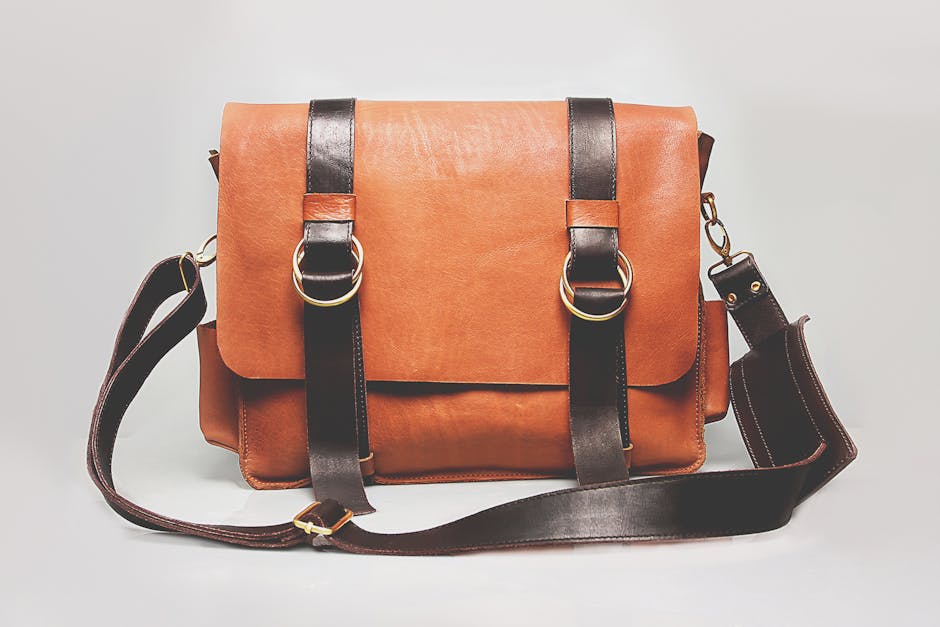and Light Fixtures
Introduction
Lighting is more than just illumination; it’s an integral part of interior design and functionality. Choosing the right light fixtures can transform a space, enhancing its ambiance, highlighting key features, and improving overall comfort and usability. This guide explores the diverse world of light fixtures, covering different types, styles, and considerations for selecting the perfect lighting solutions for your home or business.
Types of Light Fixtures
Ambient Lighting
Ambient lighting, also known as general lighting, provides overall illumination to a room. It’s the foundation of any lighting plan.
- Chandeliers: Ornate and decorative, chandeliers add a touch of elegance and are often used in dining rooms and entryways.
- Pendant Lights: Suspended from the ceiling, pendant lights offer a versatile solution for kitchens, dining areas, and hallways.
- Flush Mount Lights: Installed directly on the ceiling, flush mount lights are ideal for low ceilings and provide broad, even lighting.
- Recessed Lighting: Also known as can lights, recessed lighting provides a clean, modern look and is great for general illumination or accent lighting.
Task Lighting
Task lighting focuses on providing direct light for specific activities.
- Desk Lamps: Essential for workspaces, desk lamps offer focused light for reading, writing, and computer use.
- Under-Cabinet Lighting: Perfect for kitchens, under-cabinet lights illuminate countertops for food preparation.
- Floor Lamps: Versatile and portable, floor lamps can provide task lighting for reading nooks or illuminate specific areas of a room.
Accent Lighting
Accent lighting is used to highlight artwork, architectural details, or other features in a room.
- Track Lighting: Adjustable and flexible, track lighting allows you to direct light to specific areas or objects.
- Spotlights: Similar to track lighting, spotlights provide focused beams of light for highlighting specific areas.
- Wall Sconces: Decorative and functional, wall sconces can add a touch of elegance and provide accent lighting in hallways, living rooms, and bedrooms.
Choosing the Right Light Fixtures
Consider the Room’s Purpose
The function of the room will heavily influence your lighting choices.
- Kitchen: A combination of ambient, task, and accent lighting is essential for cooking, cleaning, and socializing.
- Living Room: Create a cozy and inviting atmosphere with a combination of ambient, task, and accent lighting.
- Bedroom: Opt for soft, warm lighting to create a relaxing and restful environment.
- Bathroom: Ensure adequate lighting for grooming and showering, and consider adding accent lighting for a spa-like atmosphere.
Matching Style and Décor
Choose light fixtures that complement your existing style and décor.
- Modern: Sleek lines, minimalist designs, and neutral colors.
- Traditional: Ornate details, classic shapes, and warm tones.
- Rustic: Natural materials, earthy colors, and vintage-inspired designs.
- Industrial: Exposed bulbs, metal finishes, and utilitarian designs.
Energy Efficiency
Consider energy-efficient lighting options to save money and reduce your environmental impact.
- LED Bulbs: Long-lasting, energy-efficient, and available in a variety of colors and brightness levels.
- Smart Lighting: Control your lights remotely and automate them for energy savings.
- Dimmers: Reduce energy consumption and create different moods with dimmable light fixtures.
Conclusion
Selecting the right light fixtures is crucial for creating a functional and aesthetically pleasing space. By understanding the different types of lighting, considering the room’s purpose, matching your style, and prioritizing energy efficiency, you can transform any room into a well-lit and inviting environment. Take your time, research your options, and enjoy the process of illuminating your world.














Post Comment